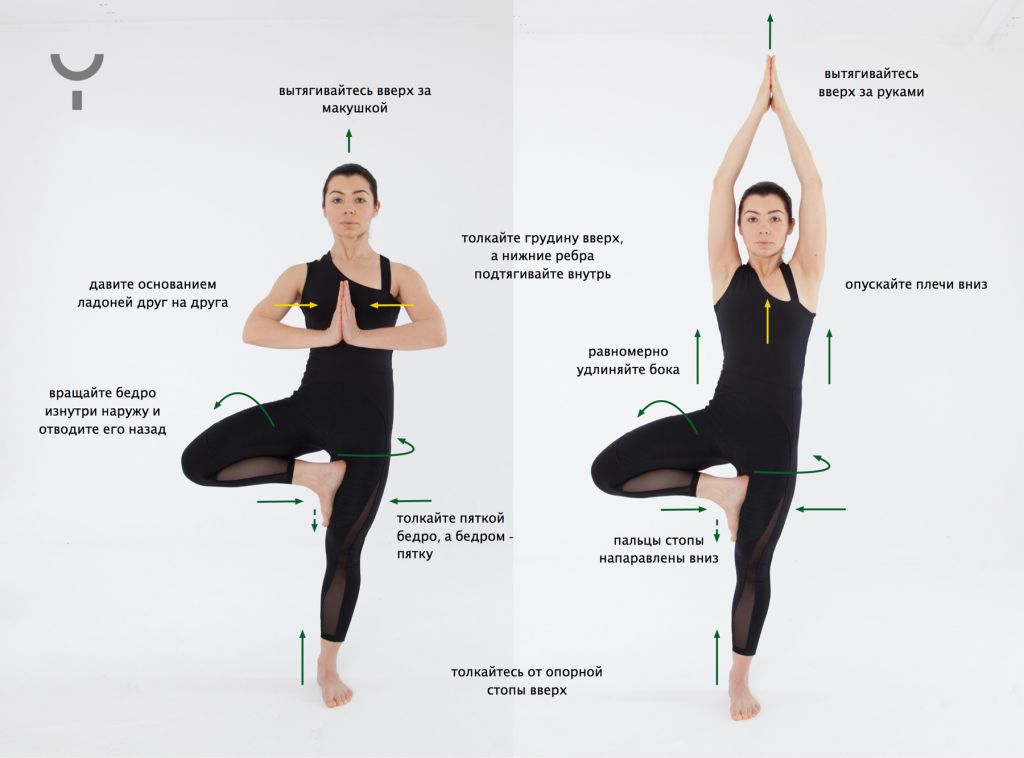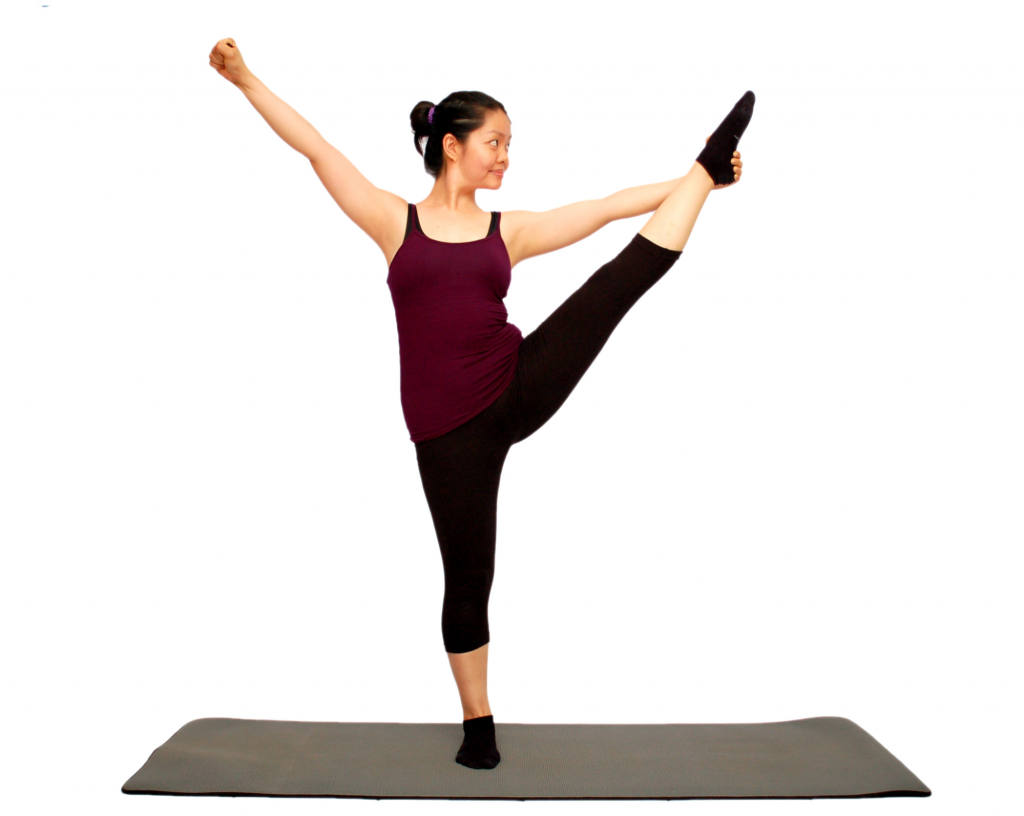Discover the power of standing mobility exercises to enhance your flexibility, strength, and overall well-being. Suitable for everyone, from fitness novices to seasoned athletes, these simple and effective exercises can be done anywhere and require no equipment. Improve your joint health, reduce the risk of injury, and increase your day-to-day functional movements by incorporating standing mobility routines into your exercise regimen.
Introduction to Standing Mobility Exercises
Mobility exercises are crucial for maintaining the health and functionality of your joints and muscles. Standing mobility exercises, in particular, focus on movements that can be done while standing upright, targeting everything from your ankles to your shoulders. Engaging in these exercises could help enhance your range of motion, reduce stiffness, and contribute to overall physical wellness. Not only do they help improve the mobility of your body, but also bolster your core strength and balance by engaging multiple muscle groups concurrently. Incorporating standing mobility exercises into your workout routines can be one of the most effective ways to maintain your body’s agility.

Setting the Stage for Safe and Effective Mobility Work
Before diving into your mobility training regimen, it’s essential to focus on good posture and form. Start standing straight with your feet shoulders-width apart, engaging your core muscles, and ensuring your shoulders are level and back down. Warm-up your body with dynamic stretches to prepare your muscles and joints for the mobility work ahead. This will not only help reduce the risk of injury but also make your movements easier and more effective.
Beginner-Friendly Standing Mobility Exercises
If you’re new to mobility exercises, start with these simple movements designed to target key areas for improving flexibility and strength.
- Ankle circles and calf raises: These exercises help in improving ankle mobility and strengthening lower legs, which is important for balancing and walking.
- Hip rotations and side leg lifts: These movements are great for loosening the hips and enhancing flexibility, which can alleviate stiffness and joint pains.
- Shoulder rolls and arm circles: These shoulder mobility drills help to warm up your upper body and improve the range of motion in the shoulder joints.
Intermediate Standing Mobility Exercises to Increase Your Range of Motion
For those who have some experience with mobility training, these intermediate exercises will help take your flexibility and strength to the next level.
| Exercise | Target Area | Benefits |
|---|---|---|
| Standing Quadricep Stretches | Legs, hip flexors | Improves flexibility in the front of the thigh and hip area |
| Gentle Spinal Twists | Back, core | Increases spinal mobility and can alleviate back pain |
| Torso Side Bends | Core, back | Stretches the side of the body and aids in improving core strength |

Advanced Standing Mobility Drills for Peak Performance
For those seeking a more challenging routine, these advanced exercises will help in maximizing mobility and strength. Always remember to progress at your own pace and to listen to your body to avoid overexertion.
- Single-leg Romanian Deadlifts: This exercise not only improves hamstring flexibility but also helps strengthen the core and increase overall balance.
- Warrior Poses: Borrowed from yoga, these poses strengthen leg muscles and improve stability while also increasing flexibility.
- Arm and Leg Swings: Dynamic mobility drills that improve coordination and help in warming up the entire body.
Integrating Standing Mobility Exercises into Your Daily Routine
Adding mobility exercises to your daily life doesn’t have to be time-consuming. In fact, just a few minutes per day can lead to significant improvements in your range of motion and overall joint health. Incorporate these exercises into your morning routine to start your day feeling more limber and grounded. You can also use them as warm-ups or cool-downs in your existing workout routines, ensuring that your body stays agile and injury-free.
Preventing Injury and Enhancing Longevity with Mobility Work
Regularly performing mobility exercises can be an excellent preventative measure against chronic injuries and joint issues. By keeping your body mobile, you bolster its defenses against the wear and tear of daily activity and exercise. Increasing flexibility and promoting good joint health as you age is not just about reducing pain; it’s also about maintaining independence and improving the quality of your daily life.

Conclusion
Incorporating standing mobility exercises into your routine is a smart move for anyone looking to improve flexibility, balance, strength, and overall health. By making these exercises a regular part of your fitness routine, you can enjoy a more vibrant and movement-rich life. Remember, consistency is key, and with time, you will feel more capable and confident in your body’s ability to move freely and effortlessly.
FAQs
FAQ 1: How Often Should I Perform Standing Mobility Exercises?
For best results, incorporate standing mobility exercises into your routine 3-5 times per week, ensuring a balance of mobility work with rest days for recovery.
FAQ 2: Can Standing Mobility Exercises Help with Back Pain?
Yes, many standing mobility exercises can help alleviate back pain by strengthening and stretching the muscles that support the spine. However, consult with a healthcare provider before starting any new exercise regimen, especially if you have a pre-existing condition.
FAQ 3: Are There Any Risks Associated with Standing Mobility Exercises?
Standing mobility exercises are generally safe when performed with proper form and a gradual increase in intensity. However, there is always a risk of injury with any physical activity, so start slow and consult a fitness professional if you are unsure about the exercises.
FAQ 4: Do I Need Any Special Equipment for These Exercises?
Most standing mobility exercises can be done without any equipment, using your body weight. Some advanced exercises may benefit from the use of resistance bands, foam rollers, or stability balls.
FAQ 5: Is Mobility the Same as Flexibility?
No, mobility and flexibility are related but distinct concepts. Flexibility refers to the ability of your muscles to stretch, while mobility is about how freely and easily your joints move. Good mobility exercises will improve both your flexibility and the range of motion of your joints.



